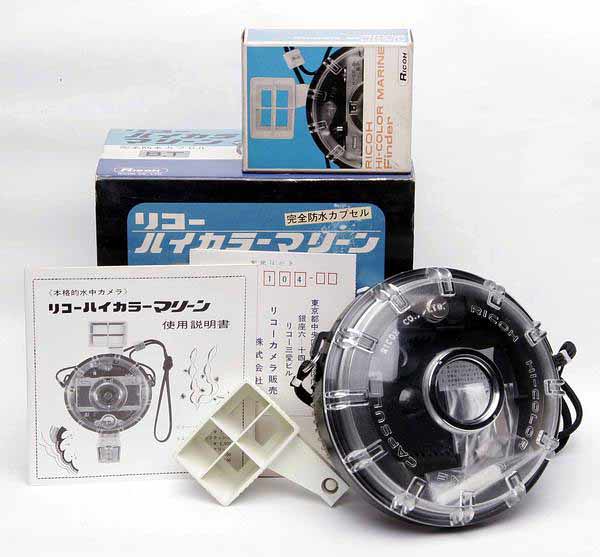 Ricoh Auto Half SL - f1.7, spring-drive, automatic, half-frame.
Ricoh Auto Half SL - f1.7, spring-drive, automatic, half-frame.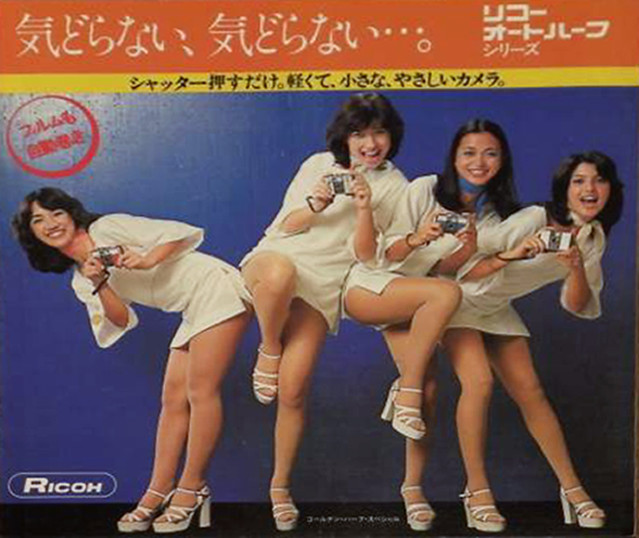
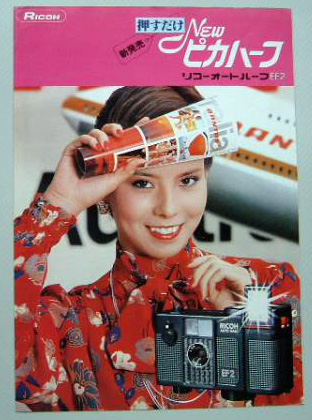

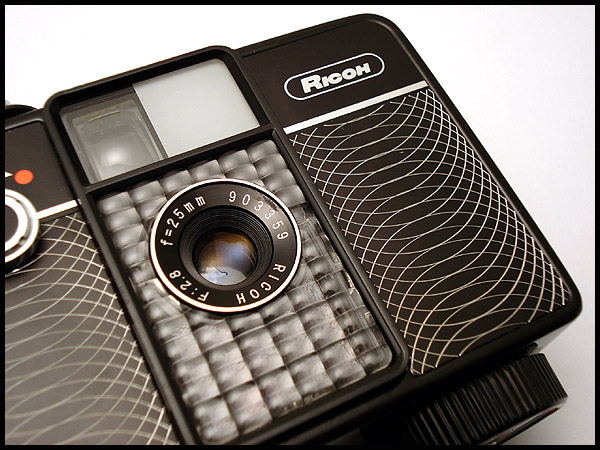
This one was my father's, from about 1970-something. I used it extensively through the 1980s, and it's been in a drawer since about then. For some reason I decided to pull it out, give it a light CLA, and load it with some Ilford. The CLA involved the usual clean and new light seals. Fortunately, the Auto Half was made in reasonable numbers and I was able to find these:
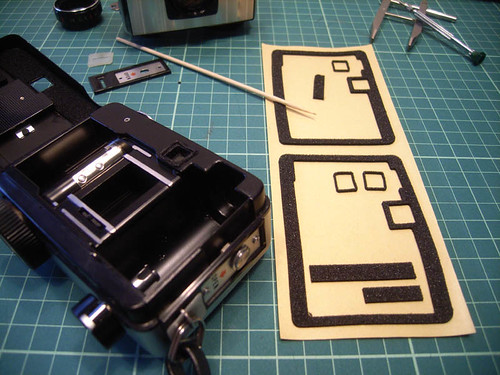
Available from Aki-Asahi Custom Camera Coverings:
CLICK HERE.
The light seals came two in a pack, with the little pieces in a multiple of four, they even include an appropriate sized
yakitori stick as an applicator. Their web site has details instructions for this kit, and the rest of the other interesting seals and cover goodies they also stock.
They also have an
English web page (a bit reduced in content though), and will happily ship to the
gaijin hordes outside of Japan. Total cost for two sets, including P&P, was JPY690. A bargain anywhere.
The following can be used if you want to cut your own:
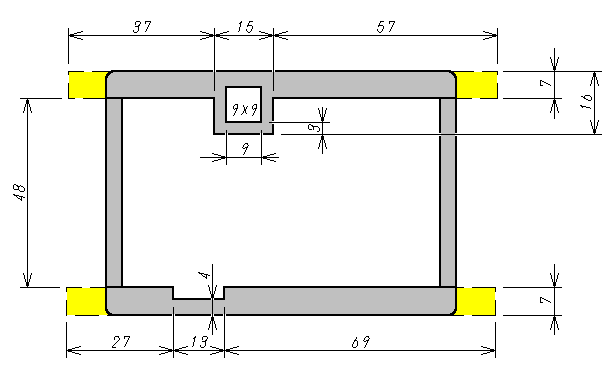
Made for over 20years, the Auto Half is a 135-format, fixed-focus, spring-drive, half-frame camera.
f2,8 on the normal model with two shutter priority speeds; 1/125 normal, and 1/30 for flash. A nice small vignette wide open, but otherwise a very efficient little point-and-shoot. No batteries; the selenium cell working 100% accuracy after all these years. The lens is focused down to about 1m. Click the film tab in, wind the spring-drive, and it runs three frames automagically and stops ready for the first exposure.
First model released, also branded a GAF for the US-market, note different shutter release location, lack of rewind crank, and cleaner styled spring-drive winder:
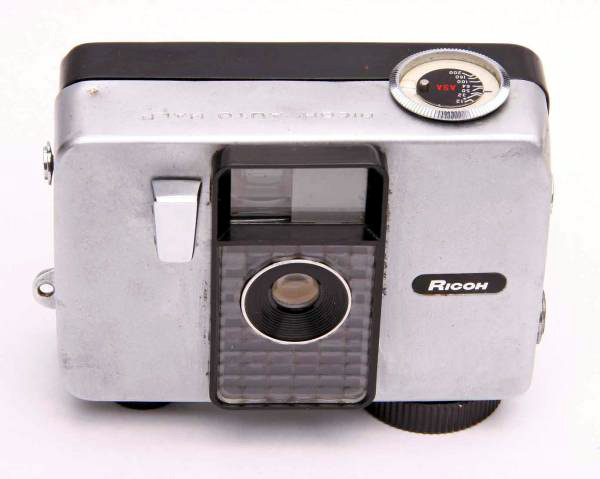

Travel pack for the Ansco version, included flash:

It looks the same as the later model, but the lens surround is smaller than the later model, resulting in matching filters from early not fitting the late models. Also, the back come all the way off, with no hinge used:
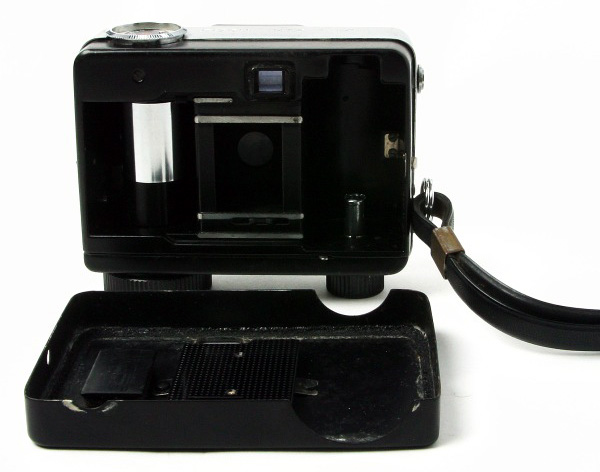
Because the selenium is around the lens, special filters accommodate exposure compensation:
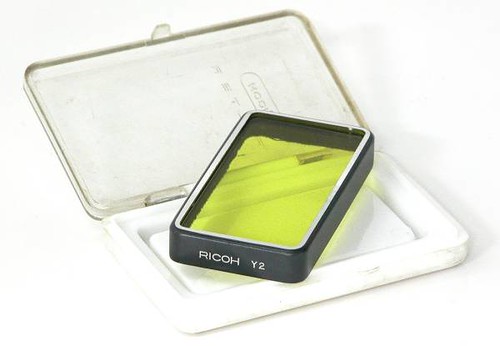
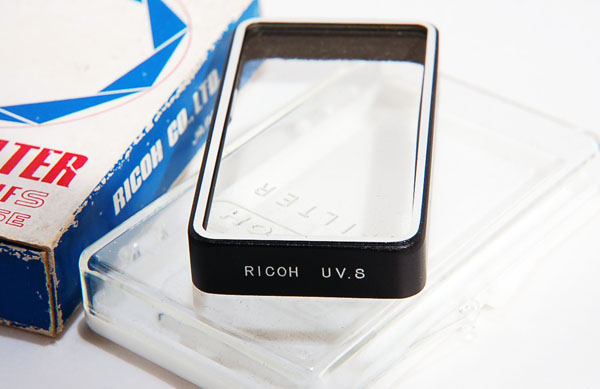
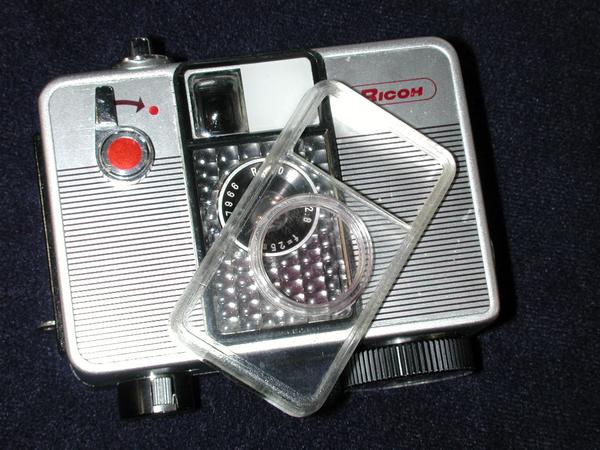
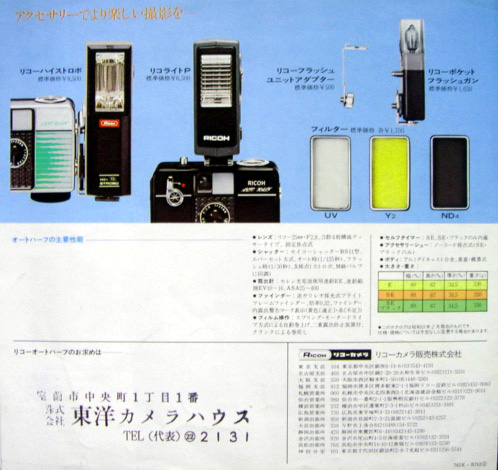
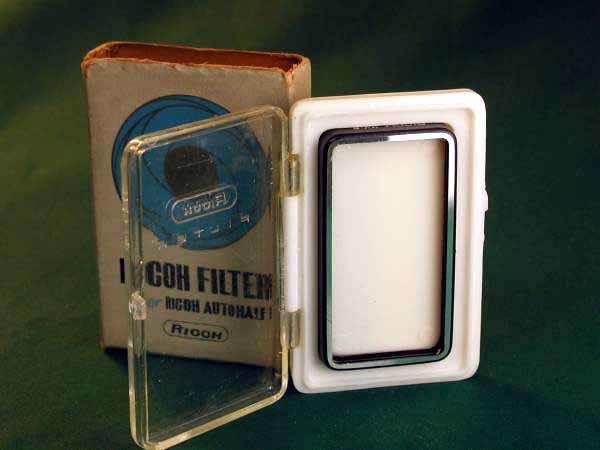
As well as the Y2 filter, a UV, and an ND4 were also available. Various series had a variety of funky 1970s style covers:
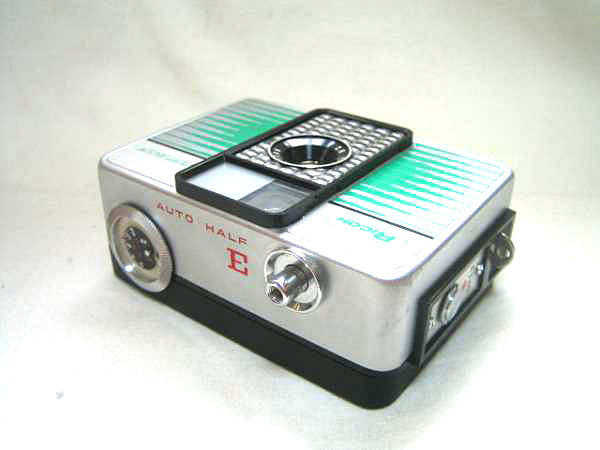
Replacement parts available too if you know where to look:
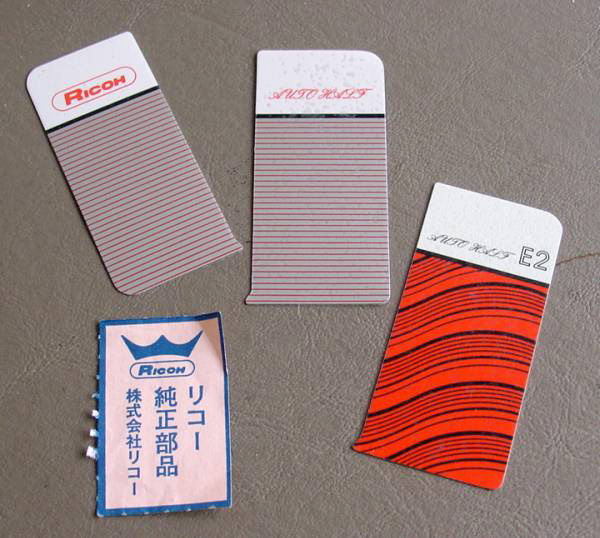
The metering was accurate enough to shoot slide film (yes, these were new cars), Ilford I think:
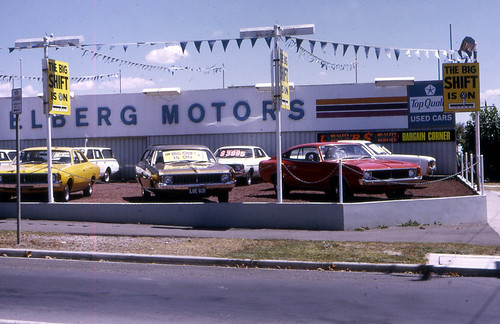
This one wasn't new, but I think it would have been shot on Kodak Gold 100:

The spring-drive auto cranks 25 - 30 frames without winding, and it will advance the half-frame as fast as you can cycle the shutter. Fastest ISO setting is only ISO400, but as I use XP-2 this suits me fine as I exposure adjust with manual ISO tweaking.

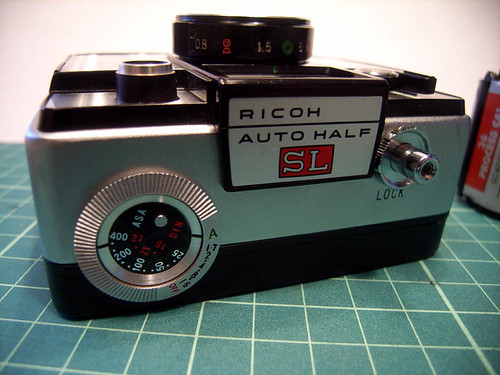
As well as the aperture, the selenium drives a red / yellow, go / no-go spot in the viewfinder, but does not interlock the shutter so you can still shoot with red indicator on. Neat.
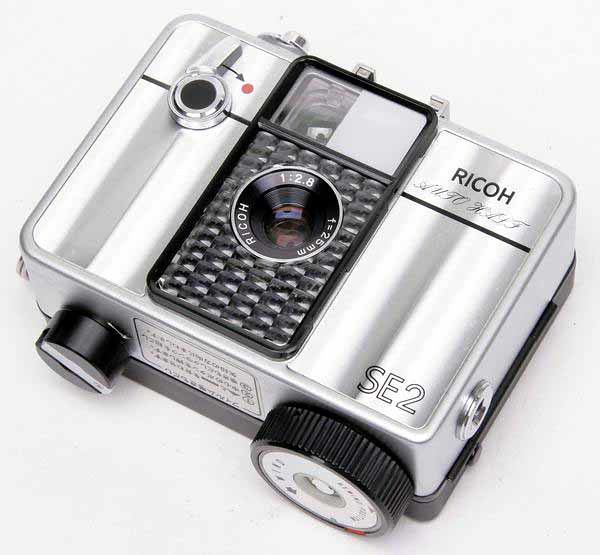
Always on, with no start-up time, it is quick and handy to snap stuff like this:
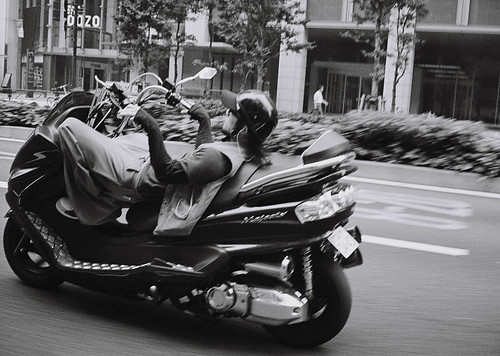
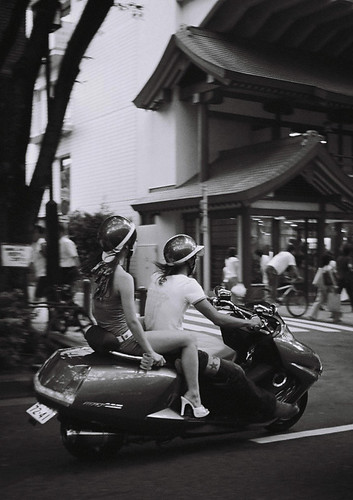
More here:
GRABS.
It was available in a few versions, commemorative editions (like World Expo Nagoya, and a great Sapporo '72), culminating in the last 'EF' and 'EF-2' with an in-built flash. The EF has an aperture control based on estimated distance to subject, and although it looks the same on the outside the case is made differently - it looks like the flash is tacked onto the side of the non-flash Auto Half, but it is all one piece. The rear door opens the opposite way too for obvious reasons. The EF ('Electronic Flash'?) also weighs a lot more than the regular Auto Half. Following the EF, came the EF-2, with a vertical retracting flash, and a film guide tab.

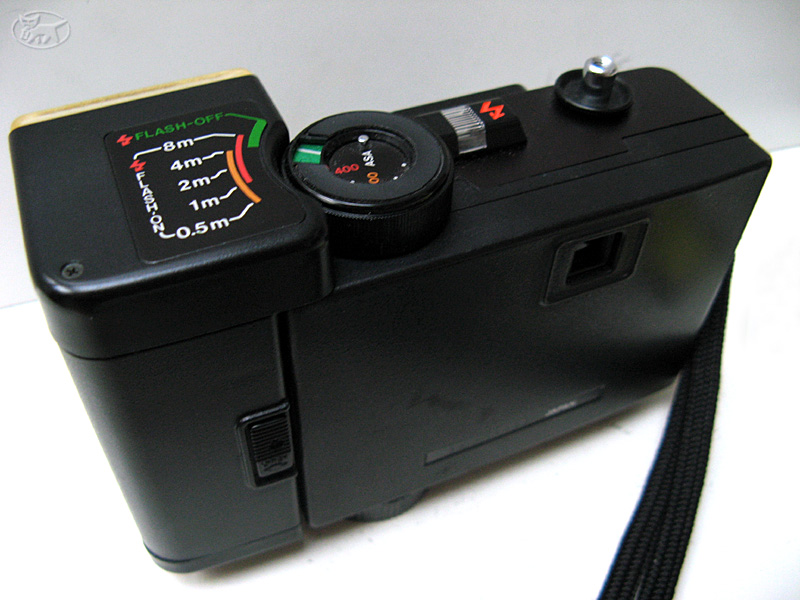
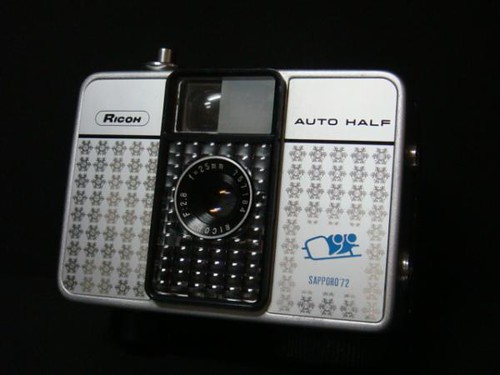
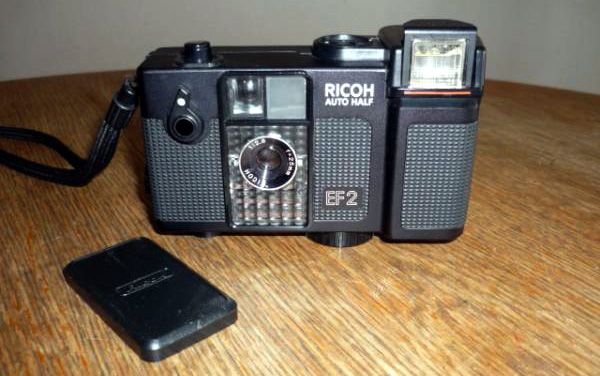

The EF series was an obvious improvement over the previous native flash configuration:
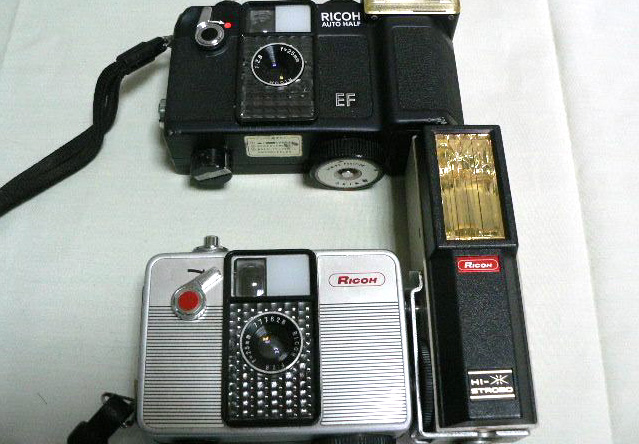
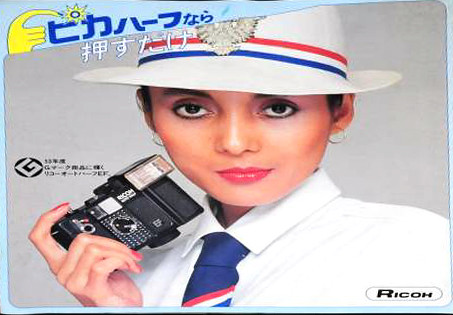
The flash works fine in a variety of conditions:
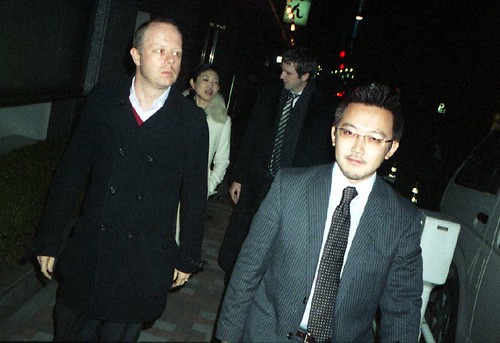
It also came in an 'SL' version, with a
f1,7 lens and variable shutter speeds. The 'SL' (from '
Shutter
Lock'?) is battery powered as it uses a CDS for metering. This one was picked up for nothing, and despite being mint, it needed a service as the lens was jammed - an easy fix with a big pair of multigrips and brute force. It uses a curious two-blade aperture.
One of the cutest little cameras made:
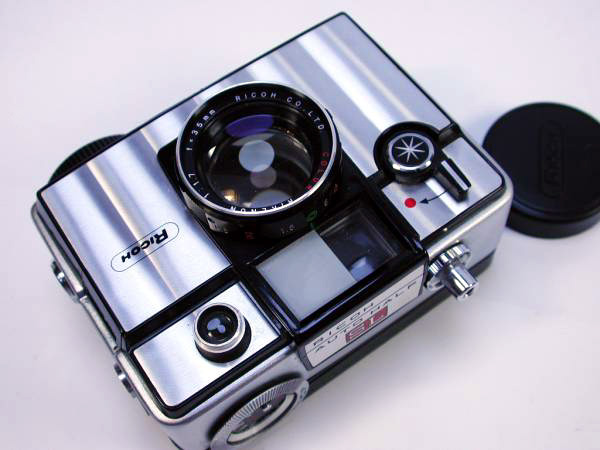
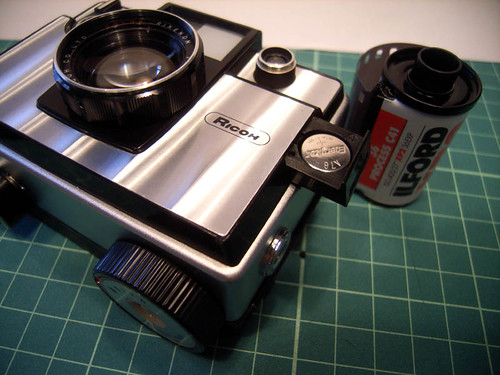
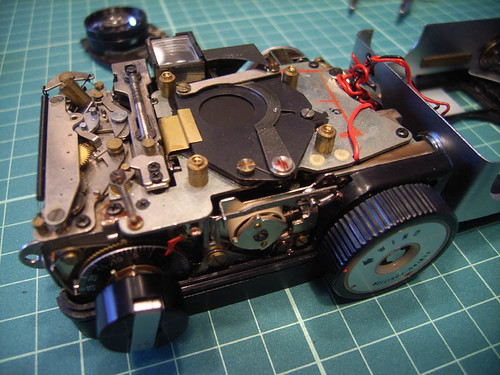
The top of the Auto Half range was this 'SL' version in black:

Results from the
f1,7 lens on the SL are remarkable for a half frame camera.
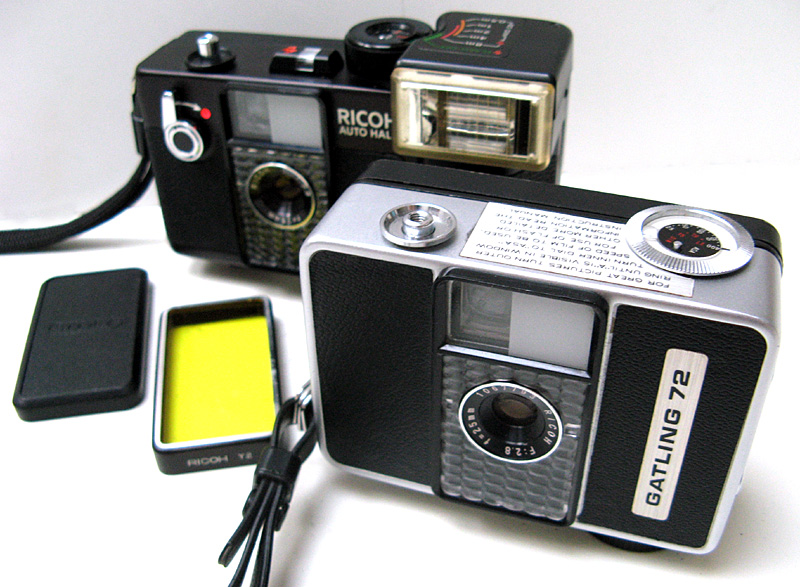 Nice set.
Nice set. 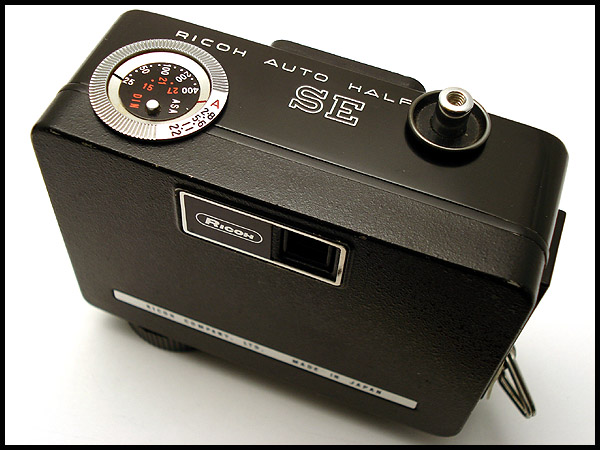
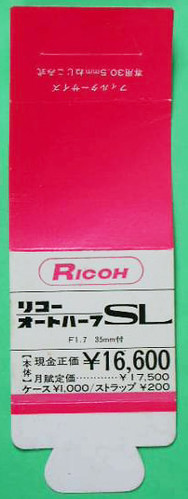
When new, the silver SL was JPY17,500, (17,600 for the black), the case JPY1000, and the strap JPY200.
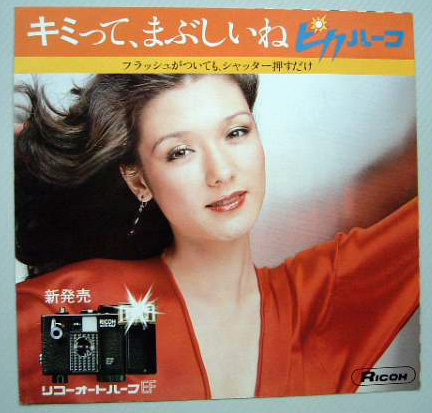
When new this 'Redline' E2 (hot shoe) was JPY16,600, with the strap and bag adding another JPY1200. This one, mint in unopened box had sat for over forty years untouched in an old camera shop on the outskirts of Tokyo:
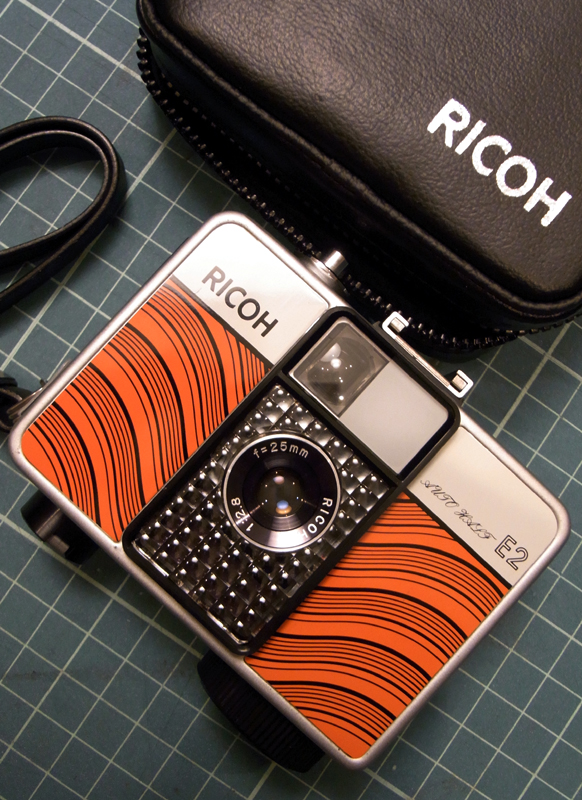
Funny seeing a brand new, 40-year old camera:
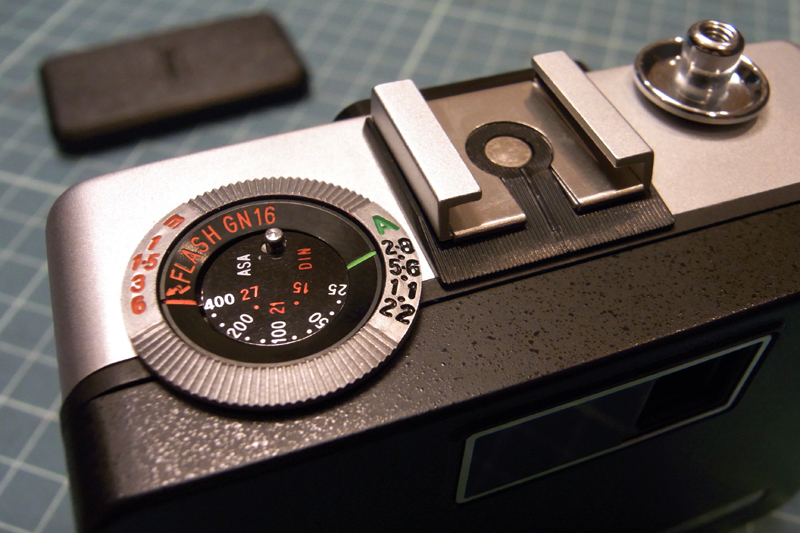
Then we have this little baby - adjustable shutter speed, with all the Auto Half things we love - half frame, spring drive, though this time with the equivalent of a 165mm lens at
f3,5. Weighing about 3kg from all that glass too. Sweet!
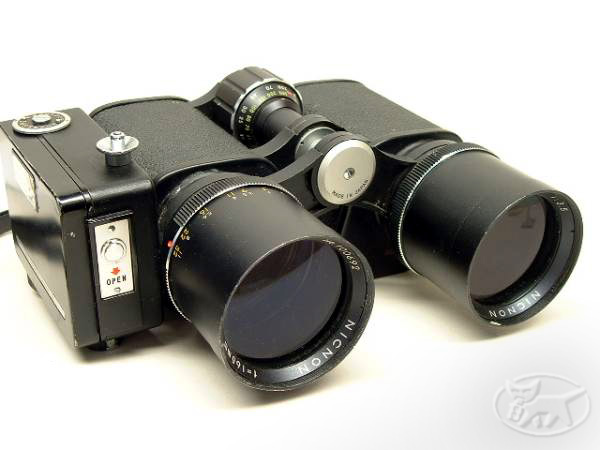
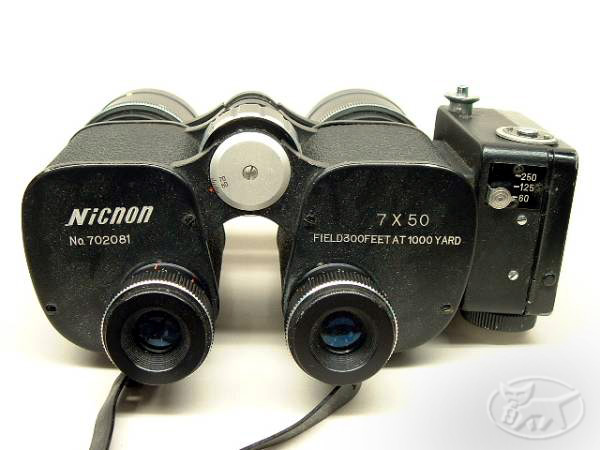
Just the thing for stealthy street portraits I suppose...
And if you're into the 1970s beach scene, then one of these is a must:
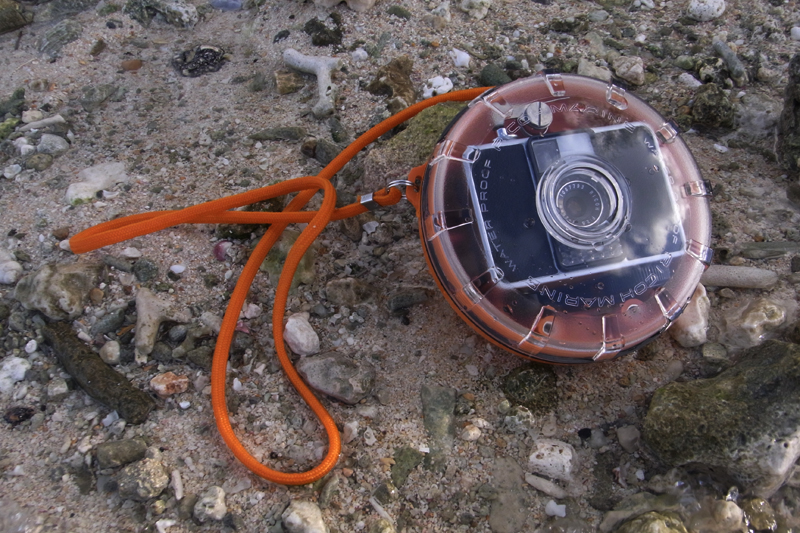
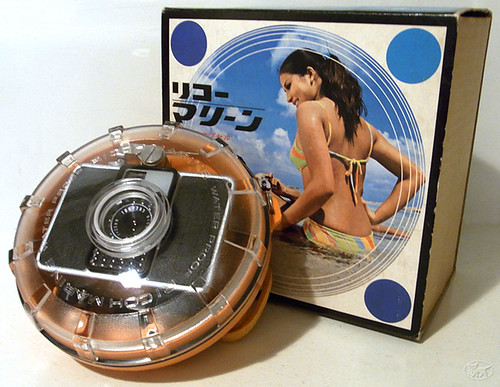
Operation could not be easier; load the camera with film, wind fully, and looking through the little window in the back of the case, you look through the native camera viewfinder. Shoot with the nice big, fat, black rubber shutter lever! No other external controls are needed.
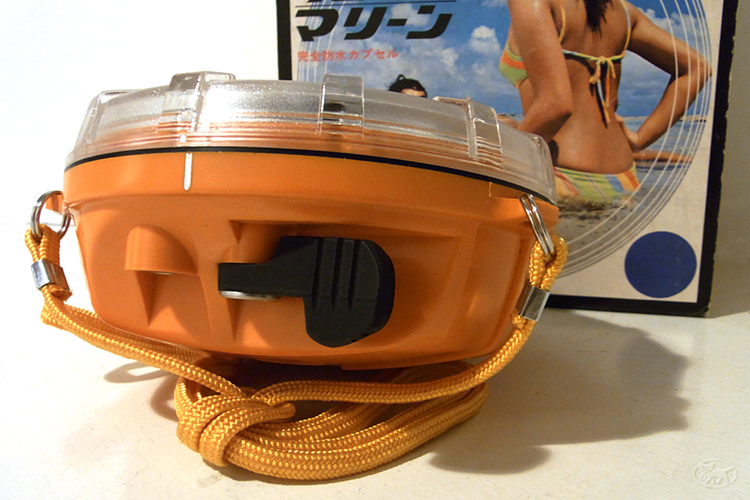
The volume of the case provides the right amount of buoyancy to keep a loaded Auto Half bobbing about in the waves if you drop it:

If you're using a mask snorkeling or diving, then an external viewfinder is available. A tripod mount is also available for the really adventurous. This dead, old stock, never used marine case cost the price of a bottle of beer.
Out of the water, the case does not impair use:

Underwater, it works fine too:

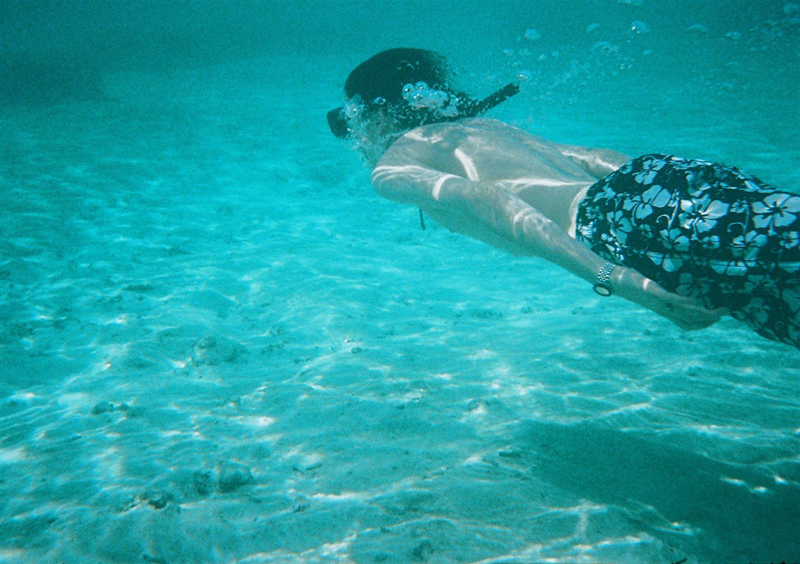

All Kodak NC400, which looks a bit grainier than expected, especially over my usual FujiFilm Pro400. A water-proof case was also available for the
f1.7 SL too - designed with a larger front cover to accommodate the larger lens assembly. This one was only \3000, but would have to otherwise be one of the more esoteric Auto Half accessories.
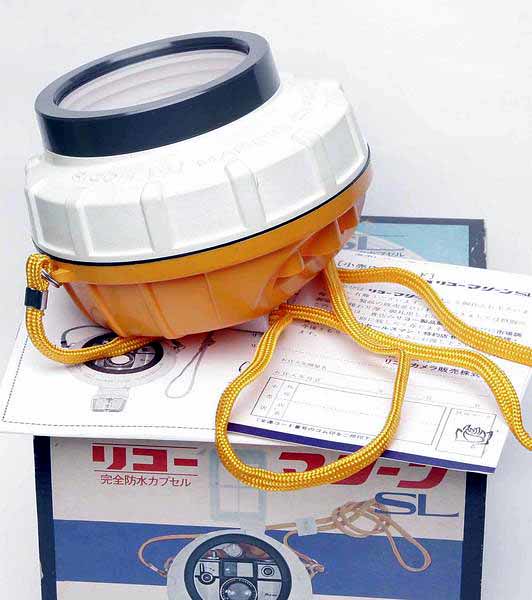
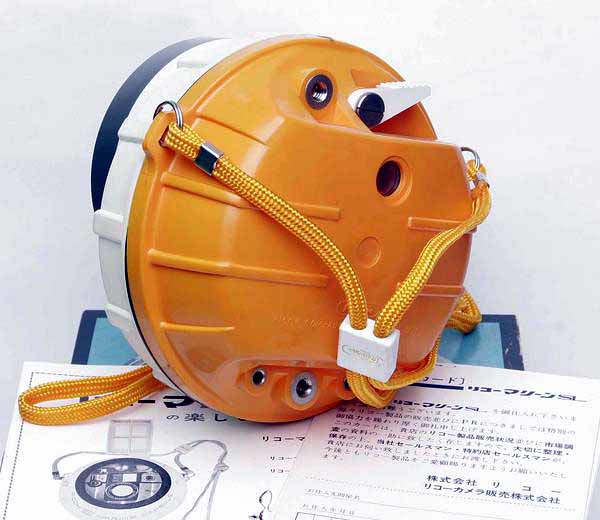
Fujica made their version of a spring drive half-frame too. I might see if I can get one for comparing. Though this is the
f2,8 version, a
f1,9 was also available:

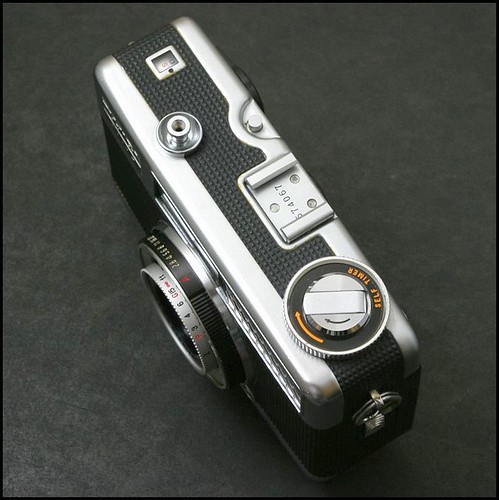

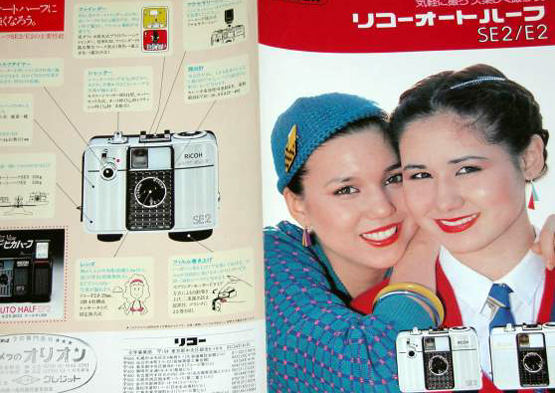
Ricoh also used their excellent, power-efficient, spring-drive on their Hi Color from the same period:
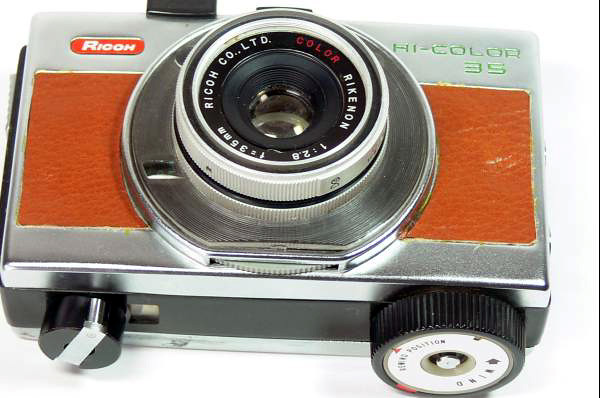
also available with a similar marine case:
